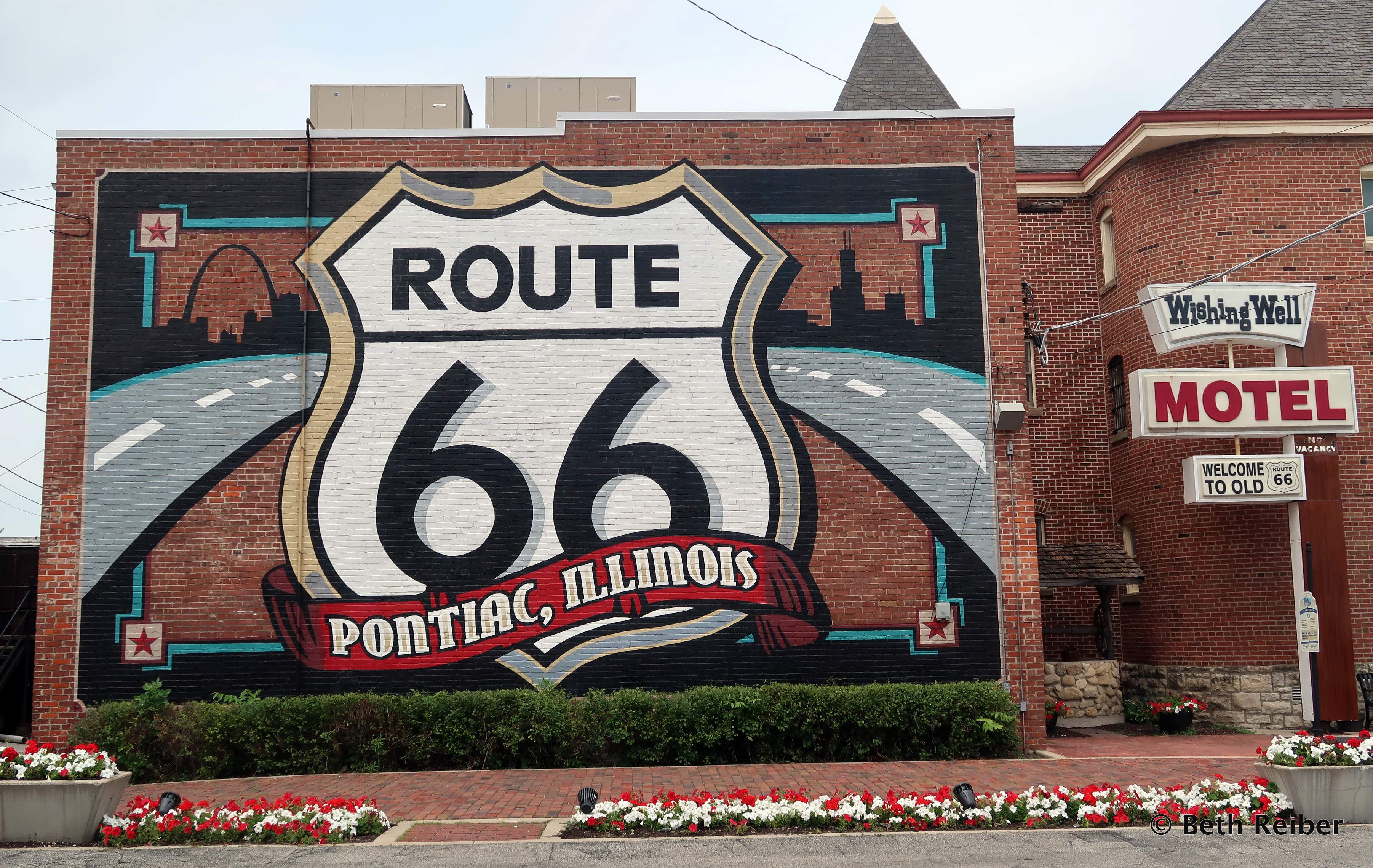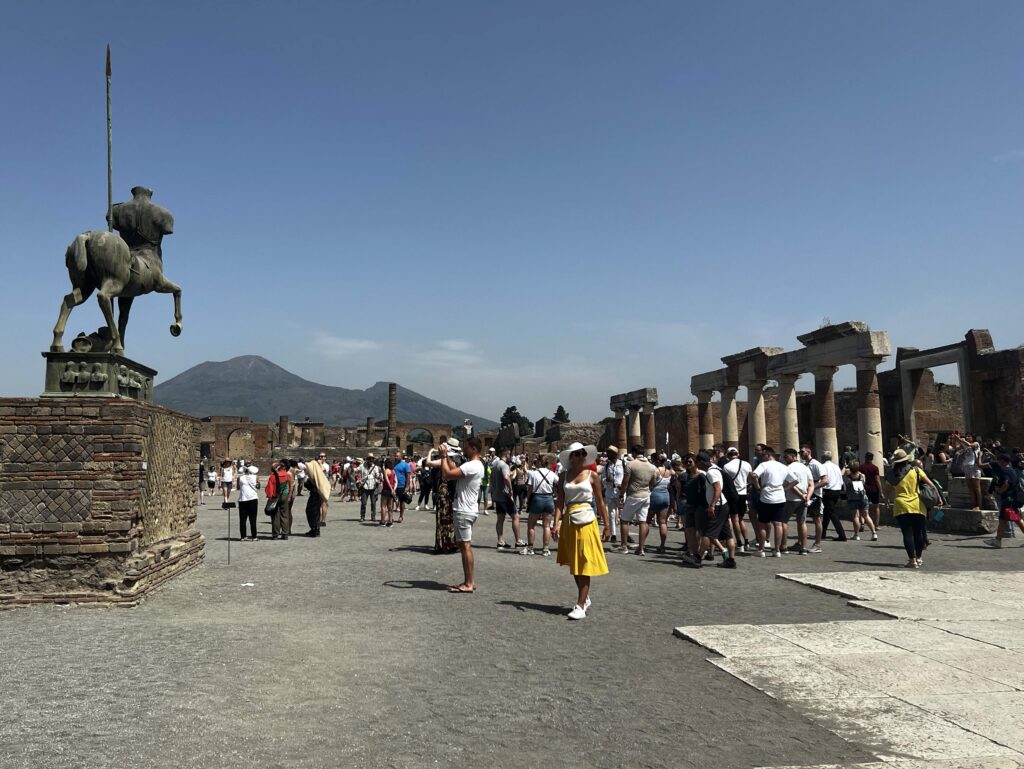I was wandering around Mocagua, one of many Indigenous villages on Colombia’s Amazon River, when I spotted some teenage girls hanging out on the front porch of a home that sold drinks and snacks. I had already visited the village’s one-room museum with its historic artifacts, watched a family roasting yuca in a cauldron over an open flame, and photographed numerous homes with colorful mural facades. With the sun blazing and sweat dripping down my face, there was only one thing to do. Stop for a beer. It turned out to be a highlight of my trip.

That’s not to say that Colombia’s Amazonian rainforest wasn’t equally fascinating. Colombia is the second-most biodiverse country in the world (after much-larger Brazil), with the world’s largest number of species for birds, orchids and butterflies. What could be more riveting than the poisonous banana spider just feet from where you’re standing, pink dolphins swimming alongside your wooden boat, or “walking trees” clearly on the move to more advantageous locations?
For more on the flora and fauna of Colombia’s Amazon River, see my article Colombia’s Fantastic and Wild Amazon published at gonomad.com.

But with some 87 ethnic groups and 65 different languages, Colombia is also the second most ethnically diverse country in the Americas (again, after Brazil). What I especially enjoyed about that impromptu drink in Mocagua, as well as watching children perform traditional dances in another village called El Vergel, was that I didn’t feel like an intruder. On the contrary, I felt welcome, due in no small part to Calanoa Amazonas, an eco-lodge on the banks of Colombia’s Amazon River that promotes responsible tourism.
Calanoa Amazonas as a base for visiting Indigenous villages on Colombia’s Amazon River
Calanoa Amazonas offers seven rustic cabins, raised off the ground on stilts, constructed with local materials like woven palm leaves for the roofs, and connected by boardwalks. All-inclusive rates include meals prepared by women from Mocagua and daily activities like educational hikes into the jungle, bird- and dolphin-watching, kayaking, and trips to nearby villages. Its owners are Colombians Marlene and Diego Samper, who have worked to preserve the biological and cultural diversity of the region for more than 30 years.
Their outreach program, Calanoa Foundation, helps support nearby Indigenous communities through projects that contribute to environmental education, sustainable economic practices, and the preservation and recovery of ancestral knowledge and cultural traditions. Over the years the Foundation has supplied uniforms, desks, sports equipment and encyclopedias to village schools, supported a scholarship fund for students attending university, and provided reading glasses for the elderly. To preserve Indigenous languages and traditions, it has aided in recording stories and songs of grandparents and documenting medicinal plants.
The results of the Foundation’s efforts were obvious on my visits to the Indigenous villages of El Vergel and Mocagua.
Coming of age in El Vergel
El Vergel is a village of about 700 residents belonging to the Ticuna (also spelled Tikuna), one of the most prevalent tribes of the Amazonian Rainforest. Calanoa Amazonas arranged our trip to El Vergel by boat. After we were seated inside the earthen-floored, thatched sacred house, barefoot children dressed in traditional costume came to greet us. An elder explained that while many communities along the Amazon River no longer spoke their Indigenous language or knew how to perform traditional dances, children in El Vergel were learning traditional song and dance and preserving their Ticuna heritage for future generations, thanks to support from the Calanoa Foundation. Our visit served two purposes: It supported responsible tourism, and it rewarded the efforts of the children by providing them with an audience.

Maybe that explains why they danced and sang with such enthusiasm. Part of their performance upheld one of the most significant cultural traditions of the Ticuna, a coming-of-age ritual for young girls. When a girl has her first menstrual cycle, she is isolated (for three days in El Vergel, but it can be much longer in other Ticuna communities), during which time older women teach her the work and life she will assume as an adult woman. Afterwards, the village celebrates her rite of passage into womanhood with the Pelazón ceremony, featuring dance, music, food, special decorations and costumes. It all made my own ascent to womanhood seem rather unceremonious, if not downright confusing.

In any case, we weren’t spectators for long. The children drew us out of our seats to join them in dance, making the experience all that more memorable. Afterwards, the children invited us to shop for baskets and other handmade items spread on a table. I never hold back on opportunities like this—there’s nothing better than buying crafts directly from the people who made them.
Exploring Mocagua

Mocagua, another village on the banks of the Amazon River, was just a 10-minute walk from our lodge. Mocagua, which means “people of the water,” is home to some 870 people, some of whom are employed by Calanoa Amazonas.
As with other villages along the river, Mocagua’s houses are built on stilts to increase air circulation and to protect them during the rainy season. What sets them apart, however, are the colorful murals painted on the homes’ facades, funded by the Calanoa Foundation as part of a community effort to instill pride. Most of the homes, featuring jaguars, tapirs, parrots, fish and other animals of the Amazon, are also equipped with satellites for DIRECTV.


I stopped at the community building, where staff told me Mocagua had five hostels (including Hospedaje Tomakachi) for visitors and two restaurants. Community members offer guided hikes (including night hikes), the opportunity to learn about rainforest flora and fauna, and the experience of trying your hand at traditional archery and blowguns.
The village’s grassroots efforts at tourism were also on display in its one-room ethnographic museum, where I saw masks, baskets, hammocks, fishing spears, blowguns with poison darts, and ceremonial dress and masks made with textiles produced from tree bark.

But it was that impromptu beer on the porch that I treasure the most. My Spanish is deplorable, so we shared laughs at my expense, especially my pantomime of white falling snow. One of the teenagers told me she wanted to become a nurse. I was so caught up in the moment, I didn’t even think to ask whether I could take their picture. For that brief time, I wasn’t a travel journalist, taking notes and making photos. I was just some old woman, enjoying a laugh and a beer in one of the villages on Colombia’s Amazon River.

For more of what I experienced and saw, including the effects of climate change on the Amazonian Rainforest, see my PDF article Colombia’s Fantastic and Wild Amazon below, originally published at gonomad.com. I also wrote Shopping for Colombian Crafts in Bogotá in gettingontravel.com.








Whether working as a journalist or traveling with no agenda, personal encounters are the big dividend of any trip. That’s a delightful story.
So right you are! Thanks.